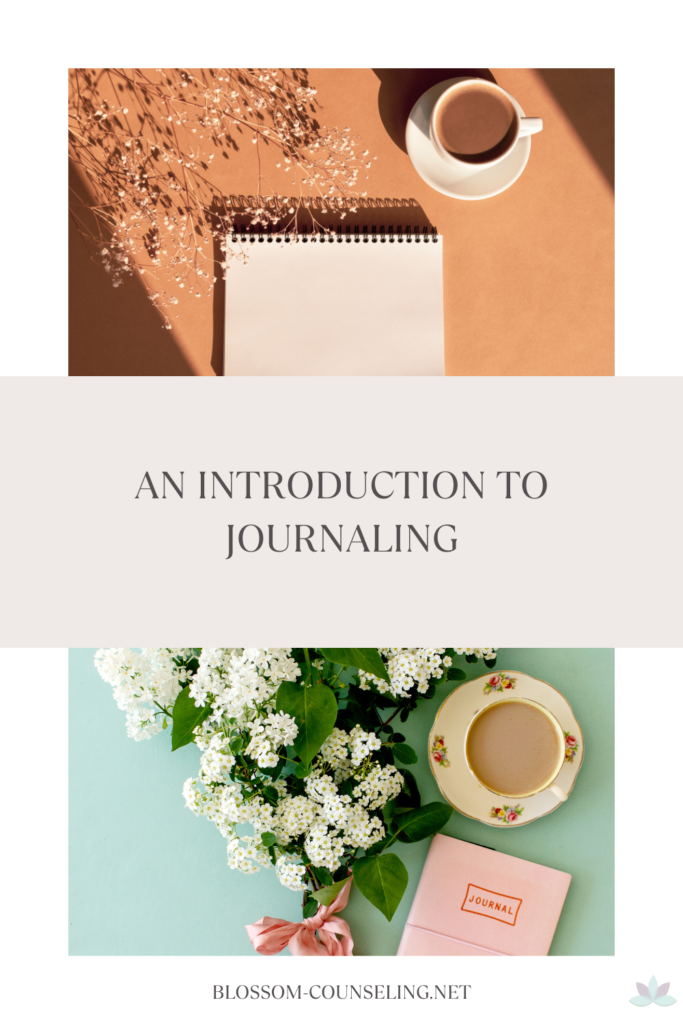
Emotions can be incredibly powerful and overwhelming, especially during challenging times. Whether it’s stress, anxiety, sadness, or anger, it’s important to acknowledge and process your emotions in a healthy way. Our emotions serve as a window to our soul. Whether it’s joy, sadness, anger, or love, every emotion tells a story, and it’s essential for our mental health and personal growth to understand and embrace them. But, how exactly do we navigate this intricate maze? There are several walks to walk through emotions:
Practice Mindfulness
Mindfulness is the practice of being present and fully engaged in the current moment. When it comes to emotions, mindfulness can help you become more aware of what you’re feeling and why. Take a few minutes each day to sit in silence and focus on your breath. As thoughts and emotions arise, observe them without judgment and then let them go.
If you find it challenging to stay focused, try using a guided meditation app. Headspace, Calm, and Insight Timer are all great options. These apps offer a variety of guided meditations that can help you cultivate mindfulness and awareness.
Another way to incorporate mindfulness into your day is to practice mindfulness while doing daily activities. For example, while washing dishes, pay attention to the feel of the water and the soap on your hands. Notice the smells and sounds around you. This practice can help you become more present and focused, which can ultimately lead to greater emotional awareness.
Journal Your Thoughts and Feelings
Journaling can be a powerful tool for processing emotions. By writing down your thoughts and feelings, you can gain clarity and perspective on what’s going on inside of you. Set aside time each day to write in a journal, even if it’s just for a few minutes. Use this time to reflect on your day, explore any emotions that came up, and identify any patterns or triggers.
If you’re not sure where to start, try using prompts to guide your journaling. Here are a few examples:
- What emotions did I experience today?
- What situations or people triggered these emotions?
- How did I react to these emotions? Do I feel proud of how I handled them?
- What did I learn about myself today?
- What am I grateful for today?
Writing down your emotions can also help you track your progress over time and identify areas for growth.
Seek Support
Walking through your emotions can feel like a lonely journey, but it doesn’t have to be. Seek support from trusted friends, family members, or a therapist. Talking about your emotions with someone else can help you process them more effectively and gain new insights.
If you’re not comfortable talking to someone you know, consider seeking support from a therapist. There’s no shame in asking for help when you need it, and therapy can be an incredibly effective way to process your emotions and develop coping skills.
Walking through your emotions can be a difficult and challenging process, but it’s an essential part of personal growth and healing. By practicing mindfulness, journaling your thoughts and feelings, and seeking support, you can develop the skills and resilience to navigate even the most difficult emotions.
Remember, emotions are a natural part of being human, and it’s okay to feel them. With time, patience, and self-compassion, you can learn to walk through your emotions and emerge stronger on the other side.
|
|




